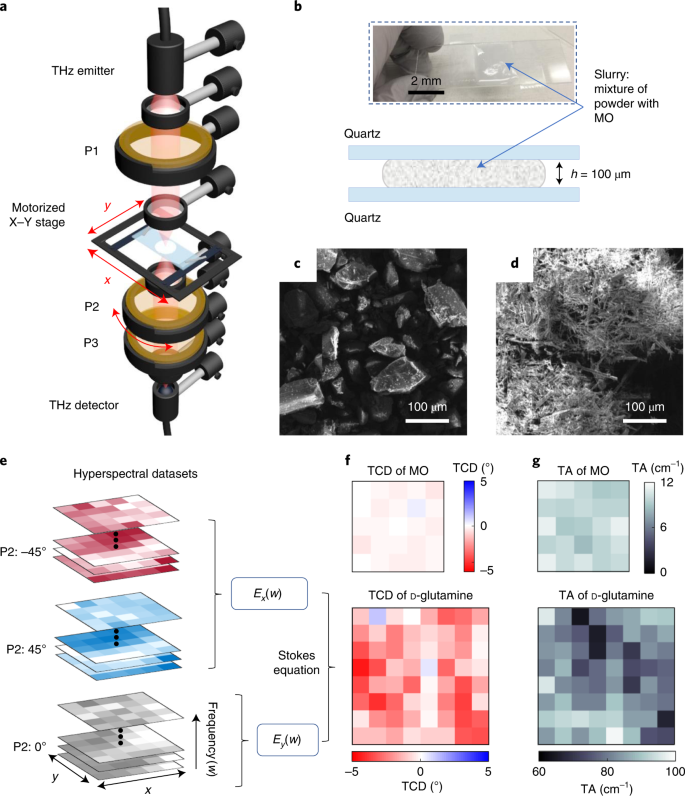2022-03-29 ミシガン大学
<関連情報>
- https://news.umich.edu/people-who-use-alcohol-drank-more-frequently-during-the-early-months-of-the-pandemic/
- https://www.sciencedirect.com/science/article/pii/S0277953622001939
アルコール使用とCOVID-19の流行:米国成人における飲酒,文脈および使用理由の歴史的傾向 Alcohol use and the COVID-19 pandemic: Historical trends in drinking, contexts, and reasons for use among U.S. adults
Megan E.Patrick,Yvonne M.Terry-McElrath,Richard A.Miech,Katherine M.Keyes,JustinJager,John E.Schulenberg
ScienceDirect
May 2022
https://doi.org/10.1016/j.socscimed.2022.114887

Abstract
Objective
The current study used U.S. national data to examine drinking trends prior to and during the COVID-19 pandemic in 2020, focusing on changes in U.S. young- and middle-adult alcohol prevalence, frequency, and drinking contexts and reasons, and whether they differed by age and college status.
Methods
Data from 2015 to 2020 from 16,987 young adults (ages 19–30) and 23,584 middle adults (ages 35–55) in the national Monitoring the Future study were used to model historical trends and potential 2020 shifts (data collection April 1 to November 30, 2020) in prevalence (30-day, daily, binge drinking) and frequency (30-day, binge drinking). For young adults, data on drinking contexts and negative affect reasons for drinking were examined. Moderation by age and college status was also tested.
Results
2020 was associated with (1) downward deviation in 30-day (young and middle adults) and binge drinking (young adults) prevalence; (2) upward deviation in daily drinking prevalence (middle adults); (3) among drinkers, upward deviation in frequency of 30-day (young and middle adults) and binge drinking (young adults); and (4) changes in drinking contexts and reasons among drinkers. Among college students, in particular, 2020 was associated with a downward deviation from expected historical trends in drinking prevalence. Upward deviations in daily prevalence and both binge and 30-day drinking frequency were stronger at ages 25–30 (vs. 19–24) and 35–45 (vs. 50–55).
Conclusions
Among U.S. young and middle adults, deviations from expected historical trends in population alcohol use that occurred during the pandemic included decreases in alcohol use prevalence, increases in alcohol use frequency, and increases in the use of alcohol to relax/relieve tension and because of boredom. These shifts were likely due, in part, to drinking while alone and at home—which increased during the pandemic.


